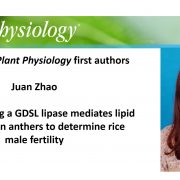
Recognizing Plant Physiology authors: Juan Zhao
Juan Zhao, co-first author of RMS2 encoding a GDSL lipase mediates lipid hemostasis in anthers to determine rice male fertility
Current Position: Ph.D candidate, State Key Lab of Rice Biology, China National Rice Research Institute (CNRRI), Hangzhou, China
Education: Master of biochemistry and…
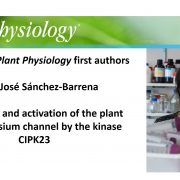
Recognizing Plant Physiology authors: María José Sánchez-Barrena
María José Sánchez-Barrena, first author of Recognition and activation of the plant AKT1 potassium channel by the kinase CIPK23
Current Position: Associate Scientist, Department of Crystallography and Structural Biology, Institute “Rocasolano”, Spanish National Research Council, Madrid, Spain
Education:…

Adapting to high light: At a different time and place?
When rays of light enter a plant cell, they find their way to the chlorophyll pigments located in the chloroplast. Chlorophyll molecules are embedded in the light reaction complexes photosystem I (PSI) and photosystem II (PSII), which capture and store the energy needed for carbon fixation in the Calvin…

Recognizing Plant Physiology authors: Victoria Gastaldi
Victoria Gastaldi, first author of Class I TCP transcription factors activate the SAUR63 gene subfamily in gibberellin-dependent stamen filament elongation
Current Position: PhD student at Instituto de Agrobiotecnología del Litoral (CONICET-UNL), Santa Fe, Argentina
Education: Bachelor's…
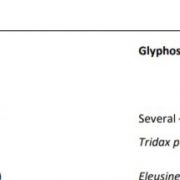
Enhanced Metabolic Degradation: The Last Evolved Glyphosate Resistance Mechanism of Weeds?
For the past two decades, glyphosate has been the most used herbicide worldwide, resulting in prolonged, extreme selection pressure for glyphosate-resistant (GR) weeds. Glyphosate’s only target as a herbicide is 5-enolpyruvylshikimate-3-phosphate synthase (EPSPS), an enzyme of the shikimate pathway. …
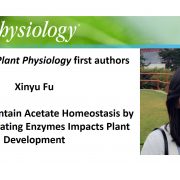
Recognizing Plant Physiology authors: Xinyu Fu
Xinyu Fu, first author of Failure to Maintain Acetate Homeostasis by Acetate-Activating Enzymes Impacts Plant Development
Current Position: Post-doctoral Research Associate, Plant Research Laboratory, Michigan State University
Education: Ph.D. in Plant Biology (Minor: Statistics) from Iowa State…
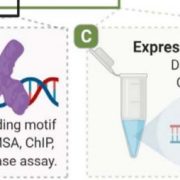
A novel upstream regulator of trichome development inhibitors
Much like the spikes that deter birds from sitting on fences, trichomes — hair like projections on the leaf surface — are the epidermis’ first line of defence, discouraging insects and other pests (Levin, 1973). In addition to their role protecting the plant, trichomes are an excellent marker to…

The Evening Complex of the Circadian Clock and Chromatin
The circadian clock generates endogenous biological rhythms with periods of ~24 h. Circadian transcription allows the molecular anticipation of the environmental cycles, which improves plant fitness and adaptation. Consistent with its adaptive function, the circadian clock is subject to multiple layers…
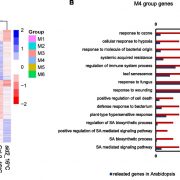
Low Temperature Enhances Plant Immunity
Ambient temperature within the normal range of plant growth influences both pathogen virulence and host immune response. Plants rely on multilayered and multibranched immune systems to fight off pathogens. Plant immune responses are regulated by multiple plant hormones including salicylic acid (SA),…

